Below are some springs that are connected with the Edwards Aquifer: All information was from (http://www.sosalliance.org/education/great-springs-of-the-edwards-aquifer)
)
)
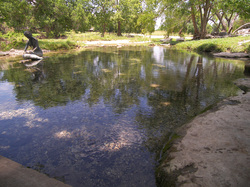
Salado Springs The historic Stagecoach Inn, on the east side of Interstate 35 at Salado, was located just above Salado Springs, the 12th largest in Texas. Salado Springs are the major outflows from the northern segment of the Edwards Aquife
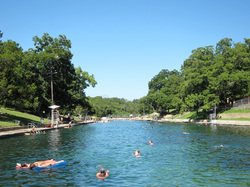
Barton Springs Texas' capital city was located on the banks of the Colorado River in part because of the reliable and abundant flows of Barton Springs, the 5th largest in the state. Located in Austin's Zilker Park, Barton Springs Pool is open for swimming all year, with free swimming in winter months
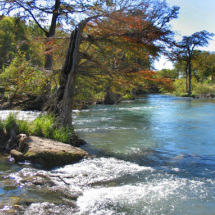
San Marcos Springs The San Marcos Springs are the 2nd largest in Texas. The San Marcos River begins at the springs on the campus of Texas State University and flows through the City of San Marcos park system. The river is popular for snorkeling, diving, inner tubing, canoeing, kayaking and swimming

Hueco Springs Hueco Springs, the state's 7th largest, flow into the Guadalupe River at the well-known Hueco Falls rapid, 3.5 miles upstream of Gruene, the inner-tubing capital of Texas.
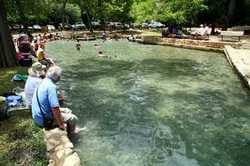
Comal Springs Emerging in New Braunfels' historic Landa Park, Comal Springs are the largest in Texas and the southwest United States. Landa Park's spring-fed pool and the Schlitterbahn water park a short distance downstream on the Comal River are enjoyed by hundreds of thousands of Texans every year.
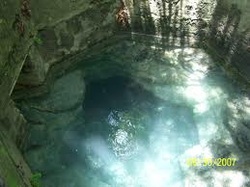
San Antonio Springs Historically the state's 6th largest, San Antonio Springs emerge on the campus of Incarnate Word College in downtown San Antonio and flow through Brackenridge Park. Spanish missionaries located here in 1718; the City of San Antonio followed. Today, San Antonio is the largest city in North America wholly dependent on groundwater, and thus the future of the city depends on sustainable management of the Edwards Aquifer.
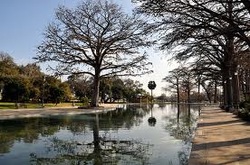
San Pedro Springs Located a short distance north of downtown San Antonio, San Pedro Springs emerge in San Pedro Park, the second oldest public park in the United States (next to Boston Commons). San Pedro and San Antonio Springs emerge at relatively high elevations in the Edwards Aquifer and have suffered drastically reduced flow due to heavy pumping by cities and farmers in the southern Edwards region.
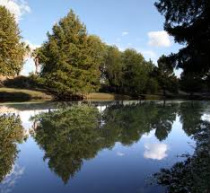
Leona Springs This large group of springs is the source of the Leona River and supported the development of the town of Uvalde.
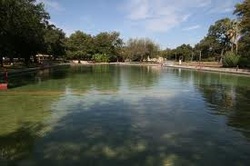
Las Moras Springs Emerging at Brackettville in Kinney County, these Springs are also known as Fort Clark Springs; they are the 11th largest in Texas and emerge in a swimming pool shared by the surrounding residents.
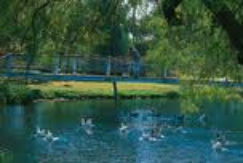
San Felipe Springs Fed by the Edwards and other limestone formations, Texas' 4th largest springs provide the water supply for the City of Del Rio. Emerging just north of Highway 90, San Felipe Creek flows 24 miles to the Rio Grande.

Goodenough Springs Historically Texas' 3rd largest, these springs are now covered by Amistad Reservoir on the Rio Grande. Fed by Edwards-associated limestones and other formations, the pressure head from the reservoir has reduced flow considerably.
